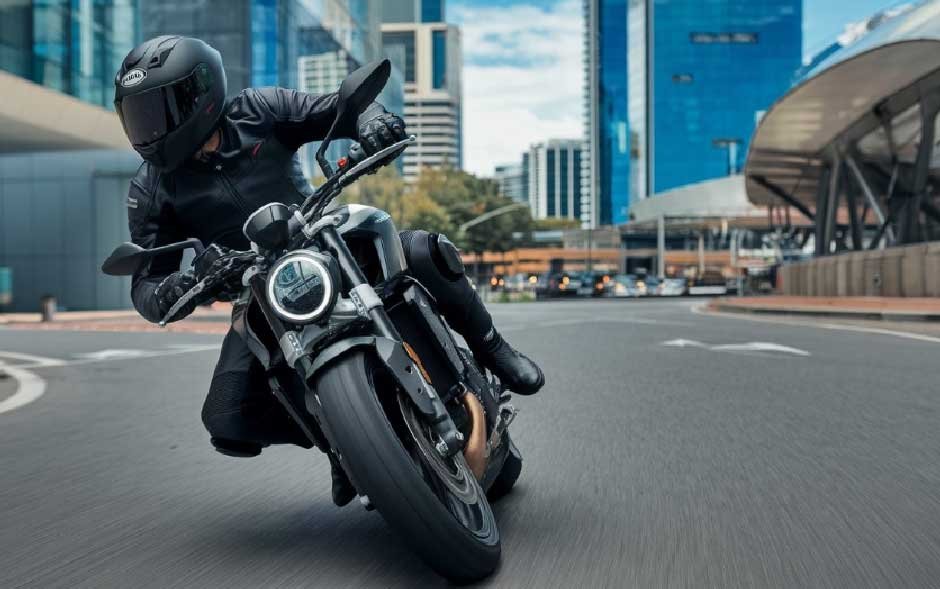Skip to the good bit
ToggleAs you navigate the exhilarating world of motorcycling, the thrill of the open road is undeniable. However, with that thrill comes an inherent risk, necessitating a focus on safety. Whether you’re looking for a St. Louis motorcycle accidents attorney, in this article, you will delve into the physics of protection, exploring cutting-edge gear designed to shield riders from the impact of crashes.
Understanding the Physics Behind Motorcycle Crashes
Forces at Play
In motorcycle crashes, the physics of motion and impact come into sharp focus. The key forces involved include gravity, friction, and inertia. Gravity pulls the rider and the bike towards the ground, while friction between the tires and the road surface affects stability and stopping distance. Inertia, the tendency to remain in motion, can have severe consequences if not properly managed.
Impact and Injury
Upon collision, the kinetic energy of the moving motorcycle and rider is converted abruptly, often resulting in injury. The degree of injury is influenced by speed, angle of impact, and the nature of the surface. Protective gear is designed to absorb and redirect this energy, thereby reducing the risk of harm.
Protective Measures
Advanced protective gear integrates materials designed to mitigate these forces. Helmets, for instance, utilize materials that absorb shock and distribute the force of impact. Likewise, jackets and pants made from abrasion-resistant materials help prevent injuries from slides. Understanding these principles is crucial for appreciating how modern gear protects riders.
Comparing Different Types of Protective Gear for Motorcyclists
Helmets: The Essential Safeguard
When it comes to motorcycle safety, helmets are the undisputed cornerstone. Designed to shield the head from traumatic injuries, they come in various styles, including full-face, modular, and open-face options. Full-face helmets offer comprehensive protection, covering the entire head and face, and are often favored for their safety benefits.
Modular helmets offer versatility, featuring a flip-up chin bar that provides a balance between protection and comfort. Open-face helmets, while lighter and offering greater visibility, sacrifice some protection and are less suitable for high-risk scenarios.
Protective Clothing: Beyond Style
Beyond helmets, protective clothing plays a crucial role in safeguarding motorcyclists. Jackets, pants, and suits made from materials like leather or reinforced textiles offer abrasion resistance and impact protection.
Leather garments are a traditional choice, valued for their durability and superior protection in slides. Conversely, textile options are gaining popularity due to their breathability and weather resistance, often incorporating advanced armor at key impact points to enhance safety.
Boots and Gloves: Fortifying Extremities
Boots and gloves seem like minor gear elements, but they are vital for protection. Motorcycle boots safeguard feet and ankles from impact and abrasions, with robust materials and reinforced structures.
Meanwhile, gloves ensure a firm grip on the handlebars while protecting hands from injuries in accidents. Opt for full-length gloves with knuckle guards and padded palms to maximize safety without compromising dexterity.
How to Choose the Right Gear to Prevent Injuries in Motorcycle Crashes
Prioritize Safety Standards
When selecting motorcycle gear, prioritize items that meet or exceed established safety standards. Look for certifications from organizations such as the Department of Transportation (DOT), Snell Memorial Foundation, or the European Economic Community (EEC), as these ensure the gear has undergone rigorous testing for impact and abrasion resistance.
Consider the Material
The material of your gear significantly influences its protective ability. Opt for leather or high-quality synthetic textiles, such as Cordura or Kevlar. These materials offer superior protection against road rash and other injuries due to their durability and abrasion resistance. Additionally, ensure the gear includes impact armor in critical areas such as the elbows, knees, and back.
Evaluate Fit and Comfort
While protection is paramount, comfort cannot be overlooked. Gear that fits well ensures mobility and reduces fatigue during long rides. Look for adjustable features and ergonomic designs that accommodate your body shape and enhance riding comfort. A snug fit, without being restrictive, helps maintain focus and safety on the road.
Final Thoughts
In delving into the complexities of protective gear, you gain a profound appreciation for the science that stands guard between you and the open road. Whether looking for a St. Louis motorcycle accidents attorney, the intricate layers of advanced materials, the meticulous design, and the relentless innovation all converge to offer a buffer against unforeseen mishaps. As a motorcyclist, your choice of equipment is not merely a matter of style but a critical investment in safety.







